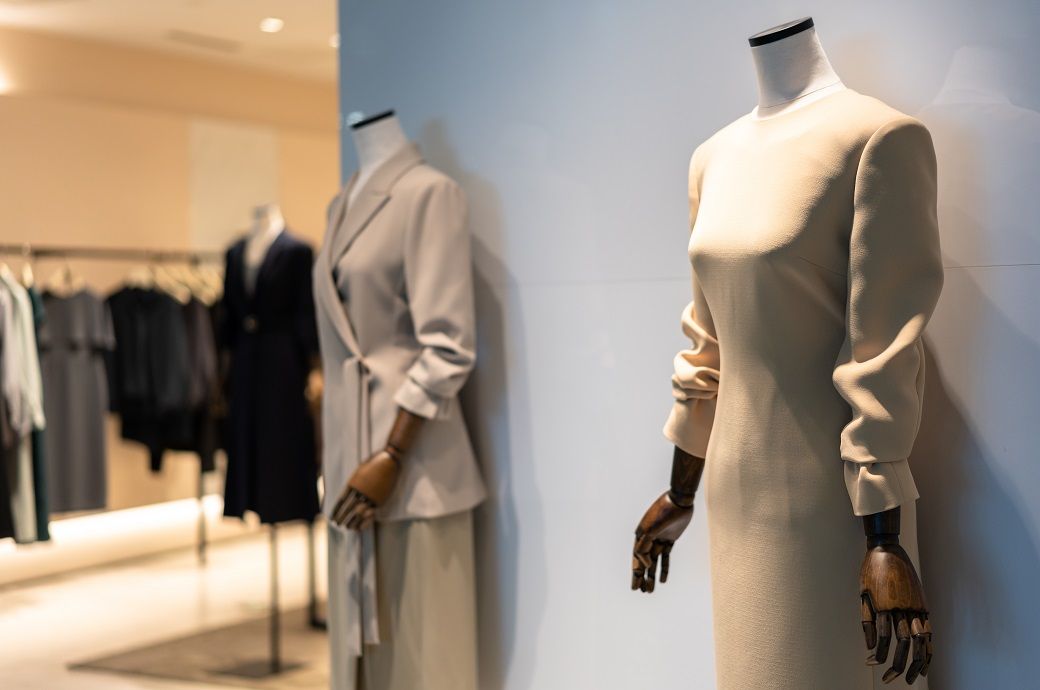

Import costs of cotton-dominant apparel, in seasonally adjusted terms, averaged $3.92 per square-meter equivalent (SME). Although down 9 per cent from the peak in November, this remains higher than pre-pandemic levels and significantly higher than post-COVID lows, according to Cotton Inc’s Executive Cotton Update - U.S. Macroeconomic Indicators & the Cotton Supply Chain May 2023.
Consumer confidence took a hit in April, with the Conference Board's Index of Consumer Confidence dropping 2.7 points to 101.3, the lowest level since July 2022. While still above the long-term average, it remains below the post-COVID peak in June 2021.
Consumer spending remained flat in March, with a slight decline of 0.03 per cent. However, year-over-year spending increased by 1.9 per cent. Spending on garments experienced negative growth for five out of the last six months, except for February. Nevertheless, March 2022 saw a 21 per cent increase in apparel spending compared to the same period in 2019.
The Federal Reserve recently implemented its tenth interest rate increase since March of the previous year, bringing rates to the highest levels since 2007, ranging from 5.00 per cent to 5.25 per cent. These rate hikes have presented challenges to businesses, resulting in increased financing costs and layoffs. Banks are also under strain, with concerns about potential contagion and a looming recession, the report said.
Historically, economic downturns have followed interest rate increases. Examples include the tech sector speculation in the late 1990s and the sub-prime lending and housing market crash in the mid-2000s. The Federal Reserve has adjusted interest rates to respond to various economic conditions, and the impact on different asset classes, such as cryptocurrency, housing, and commodities like cotton, has been notable.
The US economy is estimated to have added +253,000 jobs in April. Revisions to figures for previous months were strongly negative. The value for February fell -78,000 to +326,000. The value for March fell -71,000 to +165,000. The current twelve-month average is +333,000 jobs per month, it further added.
The unemployment rate decreased from 3.5 per cent to 3.4 per cent between March and April. Average hourly wage growth was 4.5 per cent year-over-year last month. Earnings growth has been weakening since interest rates began to increase (March 2022, when they reached a post-COVID peak of 5.9 per cent).
Fibre2Fashion News Desk (KD)